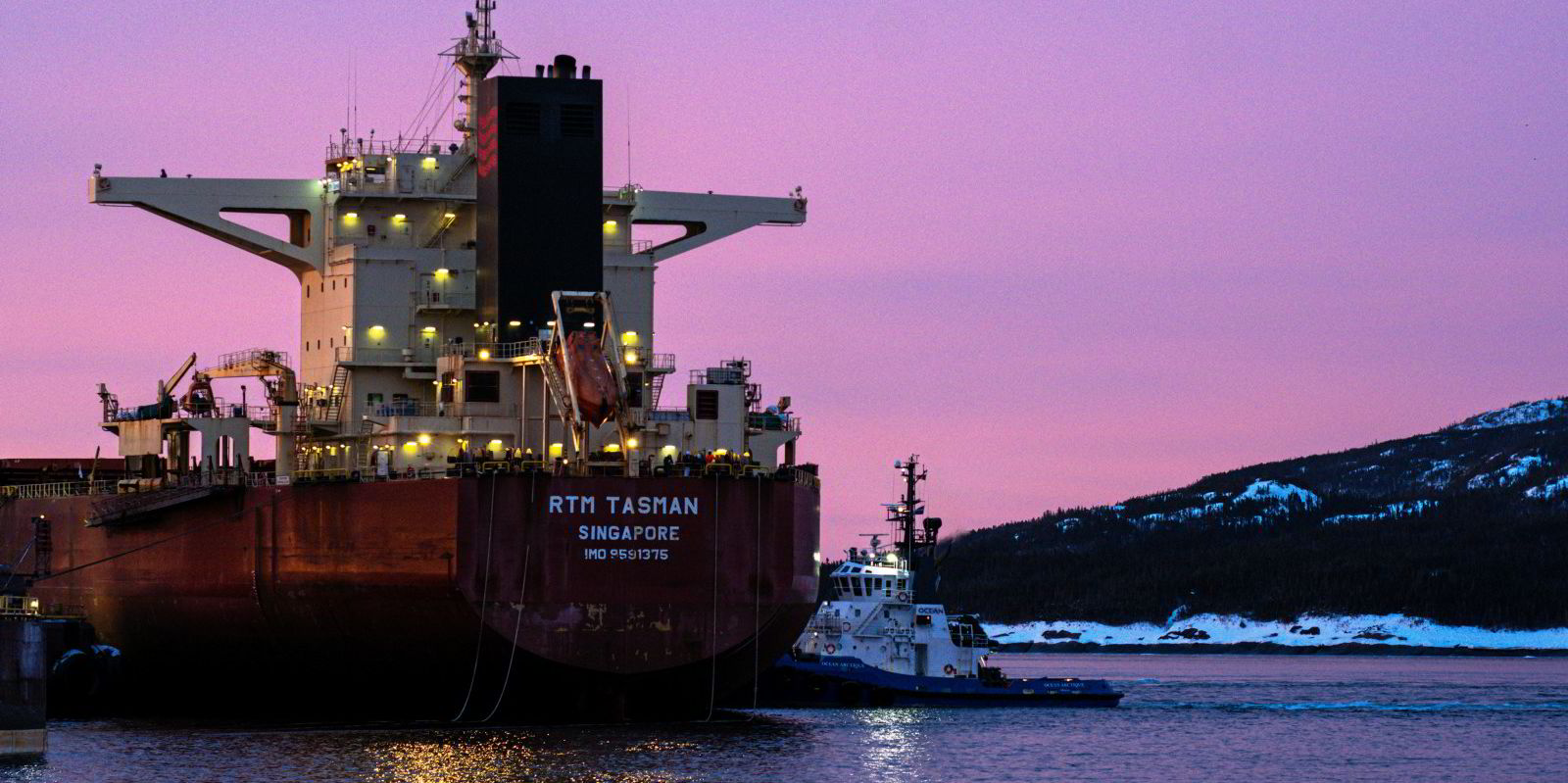2020 Bulkers had an unusually strong finish to 2023, helped by a surprisingly good capesize market.
Index-linked contracts helped the newcastlemax owner extract the most juice from a spike in capesize spot rates during the final quarter.
The Baltic Capesize Index peaked at nearly $55,000 per day during the period, and 2020 Bulkers vessels earn additional scrubber benefits and newcastlemax freight premiums — typically around 40% — on top of prevailing rates.
The Oslo-listed company reported a net profit before tax of $14.8m for the quarter, up from $6.7m a year earlier.
This means it finished 2023 with an annual profit of $25.6m, compared with $31.9m the previous year, when freight markets were stronger.
Fourth-quarter revenue grew to $26.3m from $18.5m year on year due to an unusually strong capesize market in late 2023.
2020 Bulkers’ eight newcastlemaxes earned a gross average time charter equivalent rate of $36,300 per day during the quarter, compared with $25,500 per day in the same period of 2022. In January, average earnings per vessel were $27,100 per day.
All eight vessels were fixed on index-linked contracts during the quarter, allowing the company access to higher vessel income as the spot market improved.
Chairman Magnus Halvorsen said in November that 2020 Bulkers would stick to floating contracts and await a market upturn, which looks to have been the right call.
Six of its vessels are fixed to Koch Shipping and two are on contracts to an unnamed European charterer.
But this month and next, the fleet will be on fixed-rate employment. 2020 Bulkers has five vessels currently fixed on time charters for February and March at average rates of $20,869 per day. Three others have been fixed at $19,177 per day for the two months, slightly under the current market.
The Baltic Capesize Index was assessed at $19,663 per day on Tuesday and has remained stable, contrary to the expected seasonal downturn ahead of the Lunar New Year holiday in Asia.
2020 Bulkers has declared total cash distributions and dividend of $0.59 per share for October, November and December 2023. The dividend for January will be $0.10.
“The company has as of today declared dividends or cash distributions for 43 consecutive months,” it said.
“Following the dividend for January, the company will have returned approximately 92% of the paid-in equity to shareholders.”
2020 Bulkers has free cash resources of around $24m available for future investment as of 5 February.
Analyst reaction
Analysts said the quarterly result was in line with expectations, given that much had already been announced and therefore warranted a neutral share price reaction.
2020 Bulkers shares were trading at NOK 142 ($13.38) as of 12 noon in Oslo, down by 0.7% since the market opened.
Looking ahead, seasonally firm capesize rates could lead to analysts sizing up their targets for the company.
“With the ongoing (strong seasonally) rate strength, we continue to expect positive estimate revisions in the space, particularly now in the short-term,” Fearnleys Securities said in a note on Wednesday.
It pointed to the fact the 10 cent dividend for January is more than 50% of the consensus estimate for the estimate of 18 cents in aggregate distributions for the first quarter.
“While rates should likely be somewhat lower in Feb (basis FFAs), March should again pick up and cape FFAs for [the second and third quarters] at $24,000 per day leaves us optimistic on estimate momentum,” the firm added.




